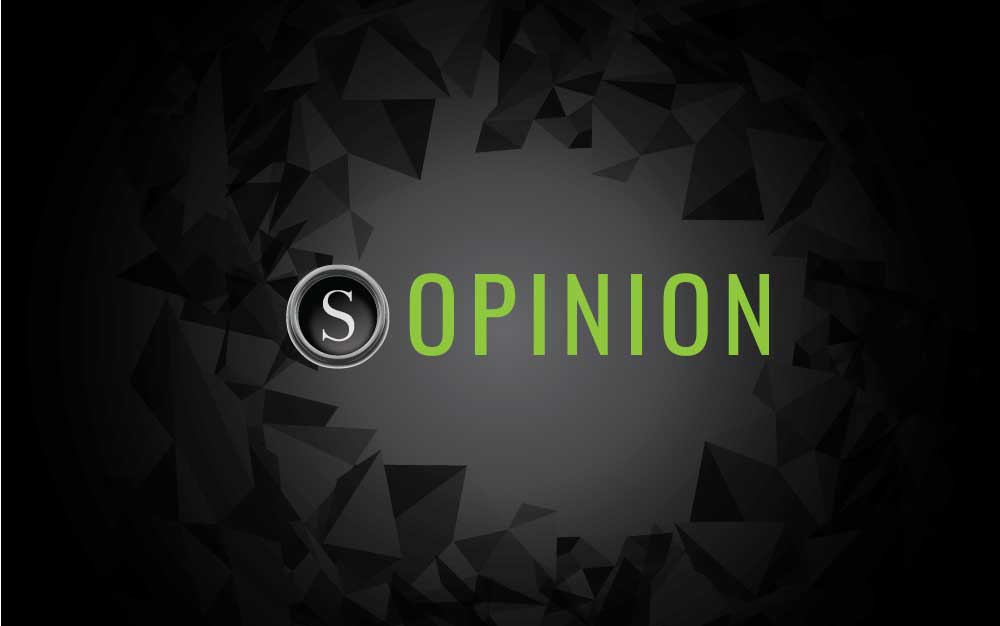There seems to be widely-held misconception that lowering the drinking age, akin to our European counterparts, would result in more responsible drinking habits among young people.
However, beyond anecdote, there is little evidence to support that decreasing the threshold for legal drinking will decrease the public health burden associated with excessive drinking.
A fairly recent comparison of U.S. and European drinking data show our neighbors across the pond experience higher rates of excessive youth drinking.
These observations come from the 2003 Monitoring the Future (MTF) study given in the U.S. and the European School Survey Project on Alcohol and Other Drugs (ESPAD) administered in 35+ countries throughout Europe.
The surveys analyzed several drinking habits/trends such as drinking within the last 30 days, binge drinking episodes in the last 30 days and intoxication in the last 30 days.
Following the narrative that lax drinking restrictions breed better drinking habits, the expectation from this study would be that the U.S. ranks higher in these areas of interest than European countries. However, the opposite was found to be true.
Overall, most European countries in the survey reported larger percentages of drinking than the U.S. For example, the majority of European countries surveyed showed a greater percentage of their youth binge drinking (reporting having five or more drinks in a row) than young people in the U.S.
To be fair, some European countries in the survey had lower prevalence rates for self-reported intoxication than the United States, but approximately 3/4 of the surveyed countries had rates at or above those of the United States.
The conclusion from this study is that there is no evidence to support the notion that young people in Europe drink more responsibly than young Americans.
With the two countries of interest from the feature article in mind, we can look at direct comparisons between the U.S. and the U.K.
The prevalence of drinking in the past 30 days was 35% (U.S.) vs. 74% (U.K.). For binge drinking in the past 30 days the rates were 22% (U.S.) vs. 54% (U.K.). Finally, for the prevalence rate of intoxication in the last 30 days, the U.S. reported 18% compared to the U.K. report of 46%.
So we’re left with this specious notion that revising our minimum legal drinking age to mirror Europe’s would be for the betterment of young people in America. The research says it would be to our detriment.
The consequences of one action mount the next, there is a domino effect that can be sourced back to one simple law.
There’s nothing to be gained by reverting back to lower drinking ages and higher rates of fatal car accidents.
There’s nothing admirable about pressuring peers into drinking excessively by capitalizing on the risk of being socially ostracized.
The contrast between the U.S. and European drinking culture throws into sharp relief the fact that simply legalizing a substance or making it less taboo isn’t a cure-all for the costs associated with it.
Crystal Towers, Student Community Organizer, Alcohol and Other Drug Abuse Prevention

Do you stats only include people younger than 21? Because that is the only information that’s relevant to lowering the drinking age. And it’s not just about drinking or being drunk, it’s about unsafe irresponsible drinking. Binge drinking is a part of that but another big part is the environment where the alcohol is being consumed.